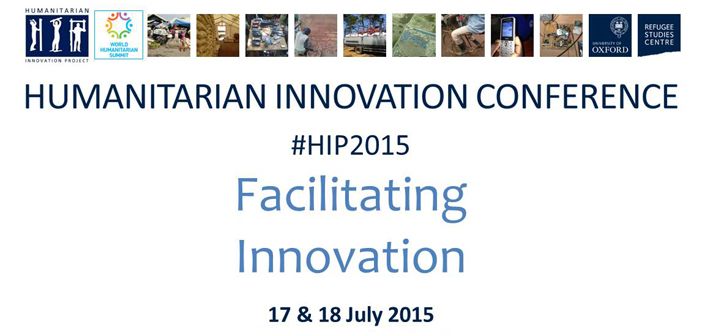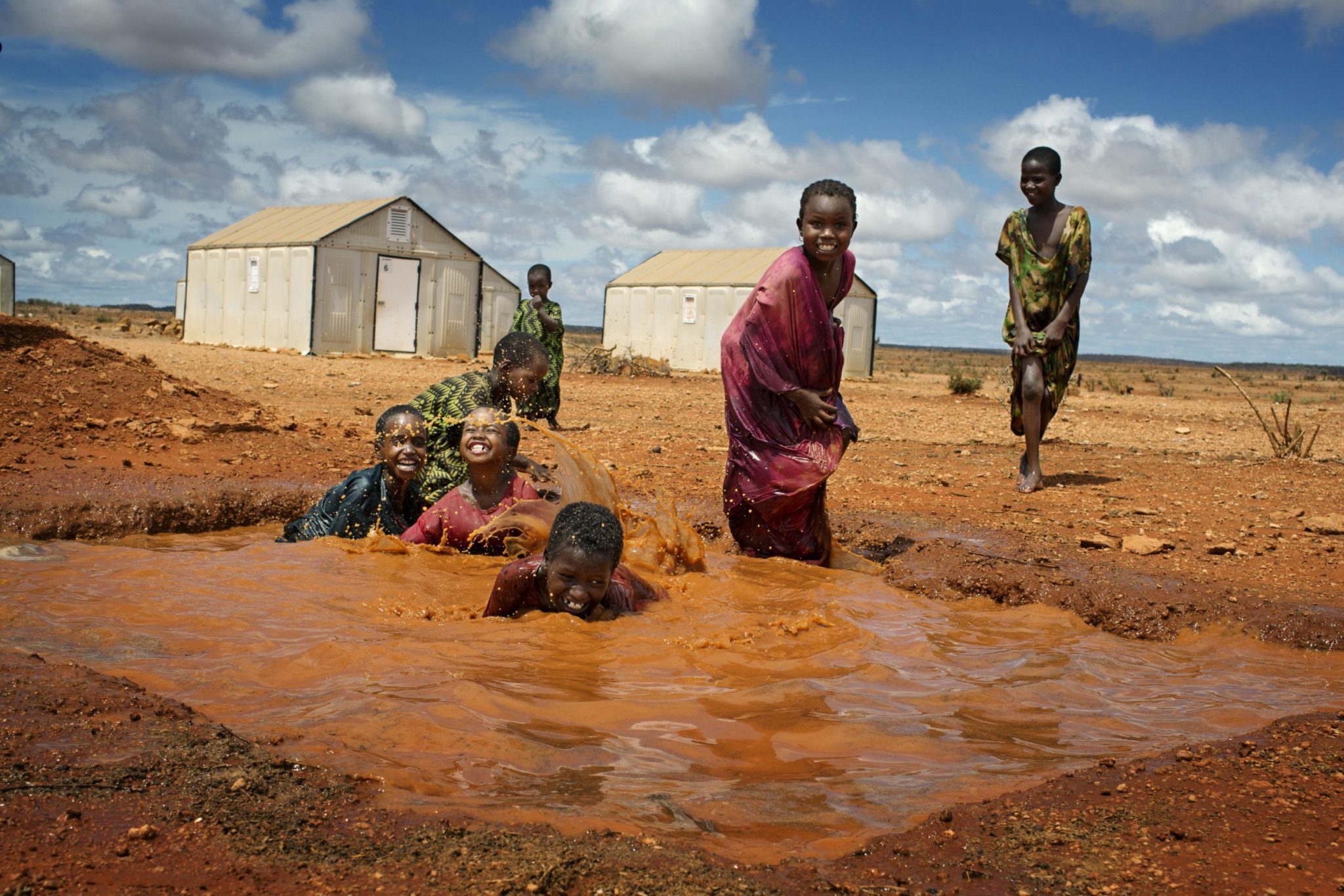3 October to 9 October, 2025. Step into a fluffy encounter where wool takes center stage! Rediscover the age-old wool fibre through co-creation, craftsmanship and contemporary design in the Fluffy Encounters Wool Exhibition and Workshop.
Wool is soft, strong and renewable. Yet, more than half of the wool produced in Sweden, Finland, and Denmark is discarded. Much of the sheep and wool rearing is influenced by narrow standards and market demands that leave little room for small scale producers and unruly fibers, resulting in broken value chains and huge waste disposal of this renewable and local material.
Why is such a valuable resource overlooked? This exhibition shows how wool is being rediscovered through careful work and collective making.
Fluffy Encounters is a project by the architecture collective Fanfaluca Collective, in partnership with the Nordic Wool Initiative, presented as part of the Copenhagen Architecture Biennial 2025. Collaborators and supporters include: Axfoundation, Better Shelter, Bioregion Institute, Dalarna Science Park, Insutex, Lendager, and Swedish Textile. Funded by Nordisk Kulturfond and Nordic Innovation.
Wool for dignified shelters
Within the project The Swedish Wool Initiative, Better Shelter together with Axfoundation, Ullkontoret, and Tranås Skinnberedning, are testing how wool can be used as insulation in emergency shelters. With wool, we can potentially improve thermal comfort, reduce dependence on long supply chains, and support local economies as wool is available in many countries all around the world. The result: Shelters that are not only more liveable, but also more sustainable. This project will be presented in the exhibition.
About the Copenhagen Architecture Biennial 2025
The Copenhagen Architecture Biennial 2025, organized by CAFx and running from September 18 to October 19, centers on the theme “Slow Down”. It invites participants to reimagine architecture and urban life at a more deliberate pace, prioritising longevity, repair, ecological responsibility, and deeper rhythms of time rather than rapid growth and consumption. The biennial combines exhibitions, symposia (such as the Assemble! conference), guided tours, and public programs to explore what a “great deceleration” might look like in built environments, and asks how architects, policymakers, and citizens might design for slowness as a form of resilience.
Photo: (C) Rose Hallgren




